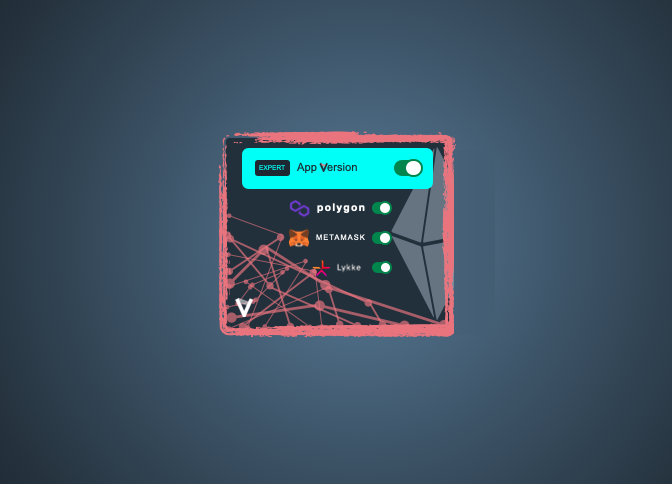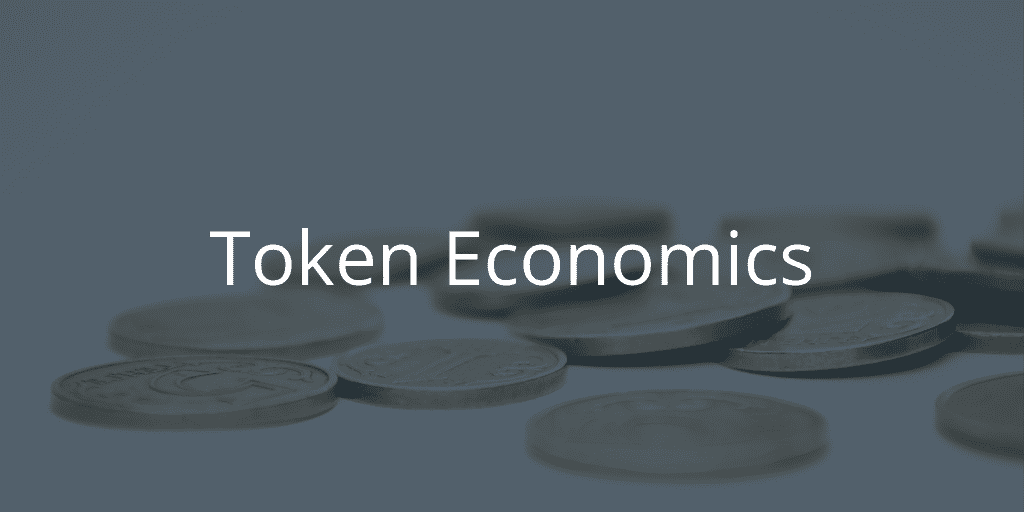Will we become personal data merchants?
In 2000, four years prior to the inception of Facebook and seven years before the first iPhone came on the market, Chris Downs wrote a letter to all of the firms and institutions with which he had concluded contracts. He asked them to send him all of the information that they possessed about him. After several months of gathering replies from banks, insurers, credit providers, gas and electricity suppliers, mobile operators and a supermarket with a loyalty program, he collected 800 pages of data on his desk. When he had sorted and transcribed that data into a clear format, he found himself looking at a precise record of his life. He saw his changing lifestyle, itineraries of his vacations and business trips, his curriculum vitae and dining habits, doctor’s visits and a database of every purchase he had made. Chris then put this record of his life up for auction on eBay, where he sold it for 150 pounds. Eighteen years later, Chris Downs is one of the pioneers of the Personal Data Economy and his somewhat crazy experiment has become a global phenomenon. It is quite possible that it will be the impetus that changes the way we function in everyday life, how we communicate with service providers, how we shop and,how and what we share with those around us.
Personal data and what to do with it
The idea behind the Personal Data Economy is simple: Individuals should have the possibility to take control over their personal data, to share it as they see fit and to profit from sharing it. Of course, bringing that idea into the real world is not simple at all. Even though a relatively small number of firms had retained Chris Downs’s data, the statements containing that data comprised 800 printed pages. Today, though we are often not even conscious of it, we send out our personal data almost continuously. More and more personal data is generated every time we visit a website and agree to collection of cookies, every time we download a mobile application, every time we log into Facebook or Instagram, with every Tweet, Spotify playlist and password entered into Google, and every step we take with Wi-Fi and GPS activated on our telephones.
How personal data is used (and misused) was demonstrated by the recent scandal involving Cambridge Analytica, which was accused of misusing data mining with the intent of influencing important events such as the Brexit referendum and the presidential election in the United States. Regardless of the firm’s involvement, its own presentation at the Concordia 2016 summit demonstrated how unbelievably precise data can be obtained by combining seemingly trivial items of information. Cambridge Analytica, and other firms engaged in data mining, claim that, for example, they know a Facebook user better than his or her co-workers after analysing only seventy likes. With 150 likes, we reveal more to analysts than we do to our parents; after 300 likes, the analysts know more about us than our partners do. And that is only in the case of Facebook. With tremendous precision, specialised software can find out practically anything about us from the enormous quantity of data that we leave on the internet: our interests, preferences, sexual orientation, intelligence. It analyses the issues that concern us and how we respond to them, what worries us, and, of course, what we buy, where we go for entertainment, the medications we use and the kind of lifestyles we have. In looking at such a precise depiction of who we are, it may not occur to us that our data has a price.
How much data costs
Exactly how much money is involved in the personal-data trade can be determined only approximately. For example, through analysis of the annual financial statements of Facebook and other major sellers of advertising, the Data Driven Marketing Institute reached the conclusion that advertising targeted using the personal data of an average internet user generates roughly $60.00. With an estimated 3.5 billion active users, the total value of the market is approximately 210 billion dollars. Experts agree that this figure will continue to grow, though no one knows exactly how, as we are currently working only with estimates. Today’s market does not operate with the data of individual people, but rather with huge sets of thousands of more or less anonymous users for which those who may be interested are not willing to pay nearly so much money. General information such as name, age, gender and place of residence are very cheap, only costing roughly $0.0007 per item of data. Conversely, the prices of data on consumption history and personal interests are higher, but not exorbitant. For example, a database with the names of patients suffering from a specific illness costs around $0.30 per name; it is estimated that advertisers in lucrative fields such as vehicle sales and the travel industry pay roughly $2.00 for a set comprising 1,000 people. Meanwhile, these datasets can contain a large number of incorrect or incomplete pieces of information about individuals reducing the reliability of the data and hence the price data consumers are willing to pay. As Nathan Eagle, a leading developer of mobile technologies, put it: “Individuals who use the internet are at the bottom of a broken economy.” What could change this situation? For one thing, the decision to start selling access to our personal data instead of freely giving it out.
PIMS
The idea of selling access to personal data has long been among us, but until recently it remained at the level of vision and concepts. However, thanks to progress in application technologies, internet connection speeds and legislative measures such as GDPR, today we have the possibility to effectively protect, sort and share our data. This promising field has given rise to a number of projects focused on collection and distribution of personal data under the collective name PIMS (Personal Information Management Services).
An example of a PIMS is VETRI, an application that consists of a data wallet and a marketplace. The data wallet allows you to store and manage your personal data. The marketplace enables you to sell access to parts of your data to researchers, businesses, or marketers in an anonymized way. As the sole owner of your data, you get to decide who can use it and for which purpose. Users will benefit from the marketplace transactions through relevant advertising in addition to VLD tokens or discounted offers. Researchers in various domains from healthcare to marketing can in turn use the VETRI platform to reach out to closely selected groups of individuals to finally find the answers to burning issues or offer new products to selected audiences. Eventually, users will be able to use their verified VETRI digital identity to authenticate themselves with online services, on peer-to-peer platforms, provide supporting evidence for KYC checks, or to receive better conditions from healthcare insurers for sharing verified insights into one’s lifestyle habits to name a few. At VETRI, we believe that authenticated data that has been enriched by other pieces of information by individuals will have a higher value than the databases currently available on the market, allowing our users to earn significantly higher prices for sharing insights into their data.
PIMS not only enable users to save money, but they also make it possible for banks, insurers and other institutions to eliminate the necessity of administering their own databases, which today are very inefficient and packed with duplicate and obsolete data. The consulting firm BCG published an analysis indicating that the use of the data of individual health-insurance policyholders instead of a centrally administered database would result in savings of 700 billion dollars in the United States alone (approx. 30% of the costs of administering the health-insurance system). At the same time, it would make the entire process more efficient, personalised and beneficial for everyone involved.
Willingness to share
At present, major firms such as Apple, Facebook and Google as well as dozens of personal data brokers are growing wealthier from personal data. However, if individual users start to take charge of their data, that situation may change rapidly. A basic prerequisite for such a shift to occur is the willingness to share data. Is that realistic? It seems that it is. According to the agency SAS and analysts at the Future Foundation, for example, up to 69% of millennials (i.e. people aged 16-34) are willing to share their personal data if selling it would bring them actual benefits. Sixty-seven percent of them would provide data in the healthcare sector, 57% in the financial sector and 50% in the public sector, while 45% would share their data with energy providers, 32% with merchants and 28% with the media. If these prerequisites are fulfilled, individuals may in the near future become as equally important on the information market as the technology giants.




